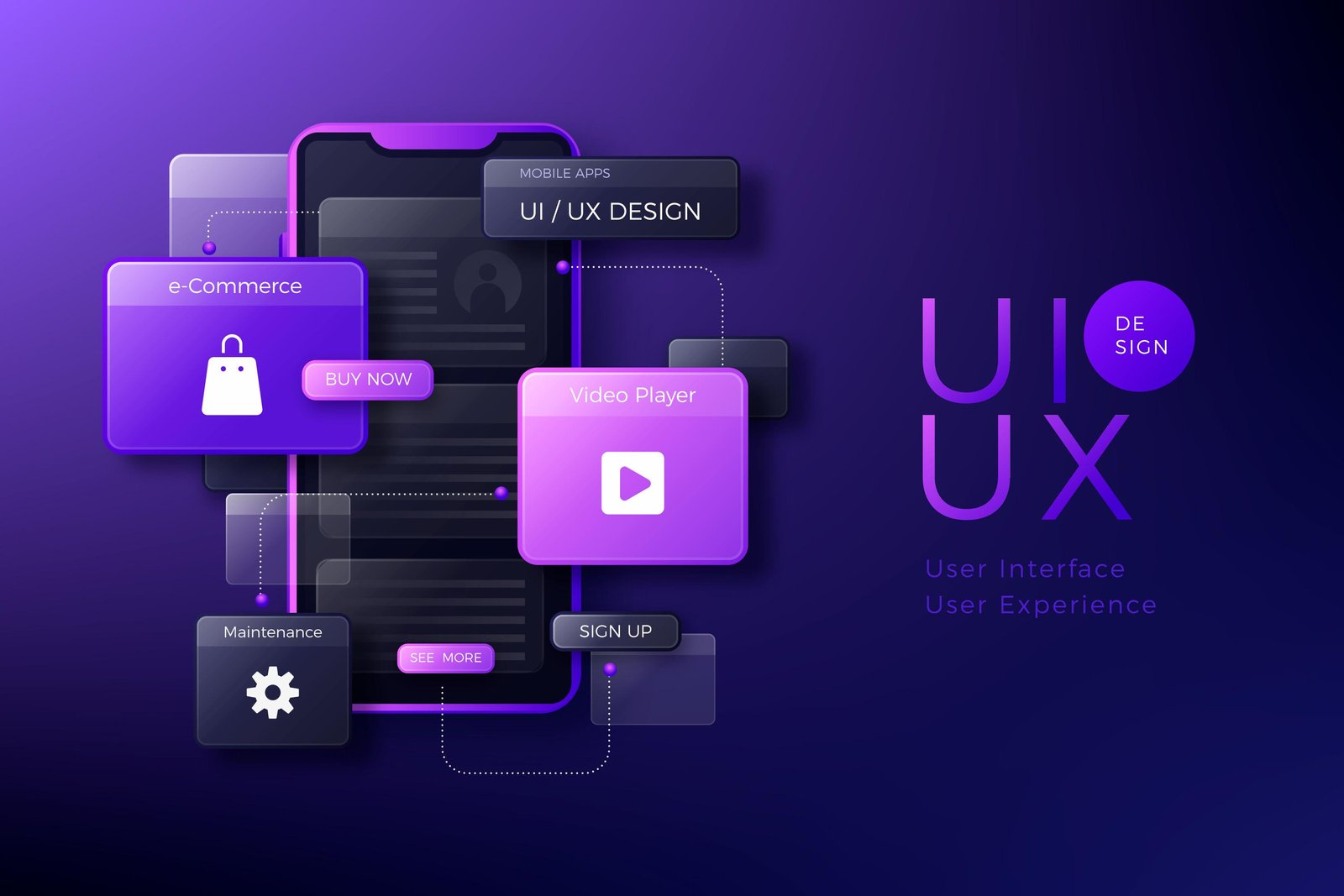 UI/UX design
UI/UX design
- User-centered design: The design should always be focused on the users and their needs. This involves understanding the user's goals, tasks, and preferences, and designing the interface to be intuitive and easy to use.
- Consistency: Consistency in design elements, such as typography, colors, and layout, helps users navigate and understand the interface more easily. It also creates a cohesive and professional look and feel.
- Visual hierarchy: Using visual cues, such as size, color, and placement, to highlight important information and guide users through the interface can improve usability and reduce cognitive load.
- Accessibility: Designing with accessibility in mind means ensuring that all users, including those with disabilities, can access and use the product. This may involve using clear and concise language, providing alternative text for images, and designing for keyboard navigation.
- Feedback and error handling: Providing feedback to users, such as confirmation messages and error notifications, can improve user confidence and reduce frustration. It's important to make sure that error messages are clear and helpful, and that users are provided with actionable steps to resolve any issues.
- Testing and iteration: Conducting user testing and gathering feedback is essential for refining the design and improving the user experience. This allows designers to identify main points and make adjustments to the interface to better meet the user's needs.
- Mobile App-first design: With the increasment in use of mobile App, designing for mobile App has become important. This involves designing with smaller screens in mind, prioritizing content and functionality, and using touch-based interactions.
- Performance: Designing with best performance in mind means creating an interface that is fast and responsive. This can be achieved by optimizing images and other media, using caching and lazy loading, and minimizing unnecessary animations and transitions.
- Branding and aesthetics: While functionality and usability are key, the aesthetic design of the interface is also important for creating a memorable and engaging user experience. This involves creating a cohesive visual identity, using appropriate typography and colors, and creating a design that reflects the brand's personality and values.

Let’s Talk
About Your Next
About Your Next
Project Your Mind
Top
